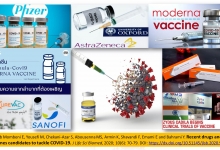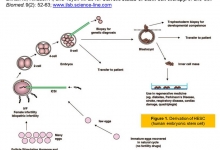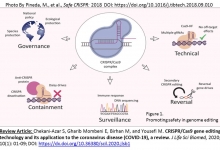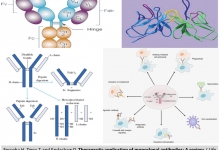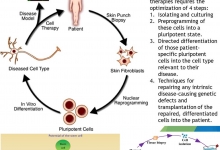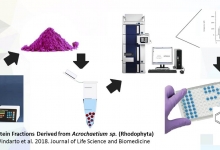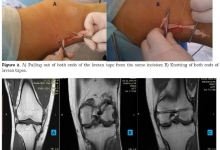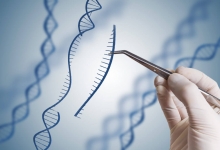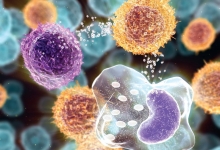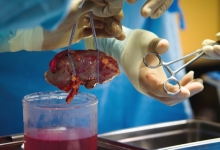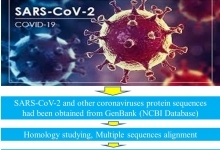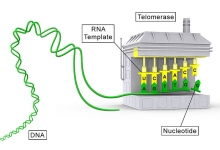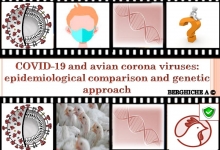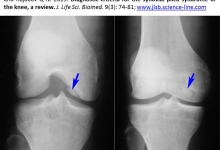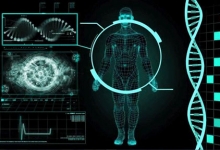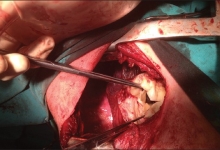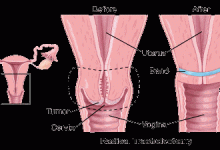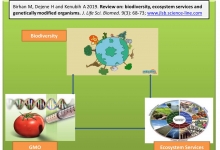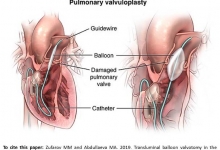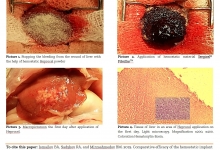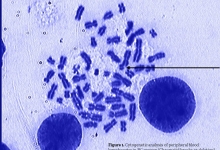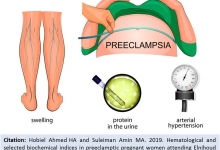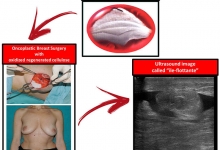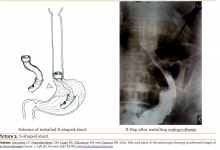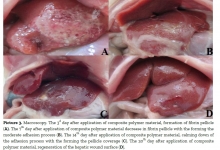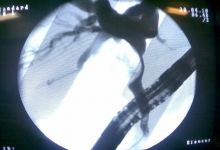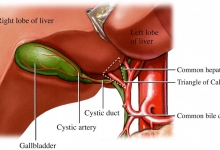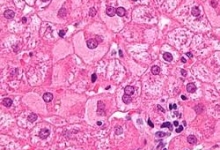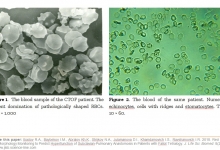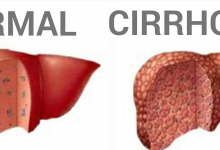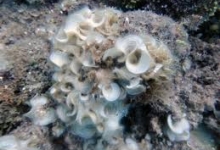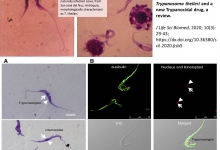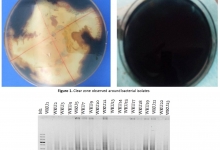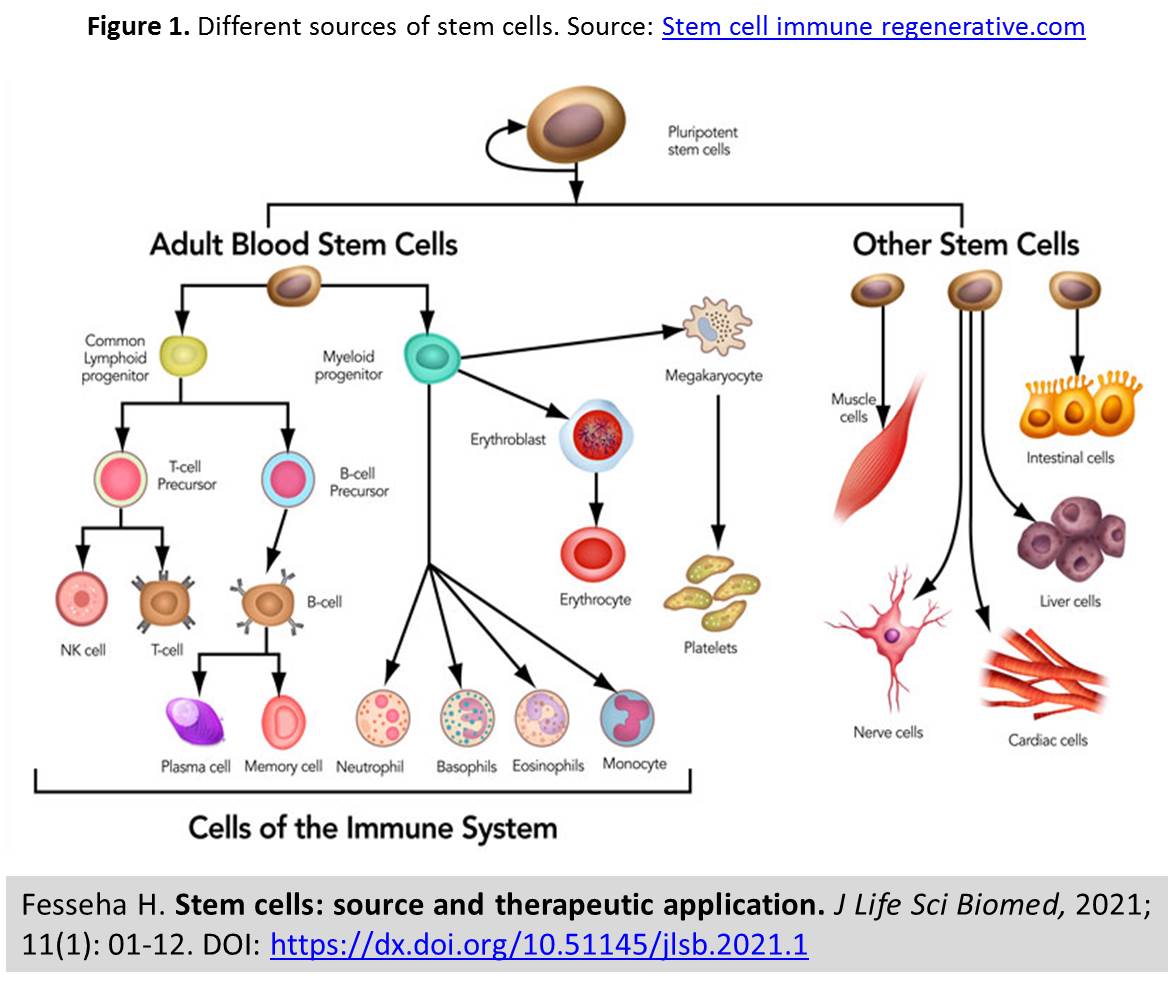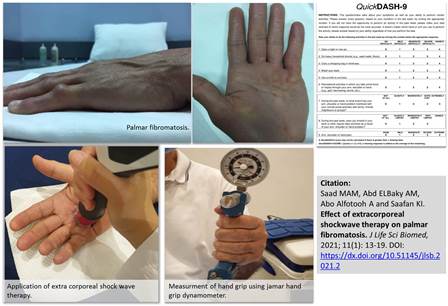Previous issue | Next issue | Archive
![]() Volume 11 (1); January 25, 2021 [Booklet]
Volume 11 (1); January 25, 2021 [Booklet]
Stem cells: source and therapeutic application
| Stem cells: source and therapeutic application |
Fesseha H.
J. Life Sci. Biomed., 11(1): 01-12, 2021; pii:S225199392100001-11
DOI: https://dx.doi.org/10.51145/jlsb.2021.1
Abstract
Introduction. Stem cells spontaneously renovate themselves into a specialized adult cell type. These defining characteristics have a lot of advantages in stem cell-based therapies. The two key types of stem cells are pluripotent and multipotent, which can differentiate to various cells in the adult body and only restricted cell types, respectively. Currently, Stem cell treatment is now very promising, bringing tremendous promise for medical medicine by offering treatments for untreatable disorders. Regulated laboratory steps of stem cell development and derivation are needed to ensure the genesis of stem cells. Besides, before implementation, stem cells should undergo quality control and teratoma development tests, which are necessary to determine their properties. While progress in the clinical use of stem cells is being made, there are still barriers to stem cell therapy being embraced internationally. Aim. The biology, cell sources, characteristics, differentiation, therapeutic application potential and manipulation achievement are discussed.
Keywords: Differentiation, Therapeutic application, Stem cells, Pluripotency, Source
[Full text-PDF] [HTML] [ePub] [XML] [Export citation to BibTeX, RIS & EndNote] [How to Cite] [Semantic Scholar] [Dimensions ID]
Effect of extracorporeal shockwave therapy on palmar fibromatosis
| Effect of extracorporeal shockwave therapy on palmar fibromatosis |
Saad MAM, Abd ELBaky AM, Abo Alfotooh A and Saafan KI.
J. Life Sci. Biomed., 11(1): 13-19, 2021; pii:S225199392100002-11
DOI: https://dx.doi.org/10.51145/jlsb.2021.2
Abstract
Introduction. Extracorporeal shock wave therapy (ESWT) is therapeutic modality that applies shockwave from outer part of the body to a specific lesion and promotes revascularization and hence stimulates the curing process of connective tissues, relieves pain and improves function. Aim. The present study was done to detect the role of extracorporeal shock wave therapy in reducing palmar fibromatosis using Arabic version of modified QuickDASH-9 scale. Methods. Thirty patient with age ranged from 50 to 70 suffering from palmar fibromatosis were randomly selected from faculty of physical therapy modern technology and information university outpatient hand clinic, Cairo, Egypt and distributed into two equal groups: study group (A) received ESWT once a week for six weeks, done at frequency of 6–8 Hz with 1700 pulse/session at 0.18 mj/cm2 with traditional physical therapy protocol (U.S, massage, stretching ex, range of motion (ROM) ex and splinting). Group B received traditional physical therapy protocol. The measurements were conducted pre and post six weeks of treatment using Arabic version of Modified Quick DASH-9 scale and Jamar hand dynamometer. The study was carried out from April to December 2020. Descriptive statistics and unpaired t-test were conducted for comparison of age between groups. Results. There was a significant decrease in the score of Arabic modified Quick DASH scoring which is a good sign of improvement and increase in the hand grip strength. Conclusion. Extracorporeal shockwave is a beneficial method in reducing the progress of palmar fibromatosis.
Keywords: Extracorporeal shock wave therapy (ESWT), Shockwave Therapy, Palmar fibromatosis, Arabic Modified Quick DASH-9 scale, Jamar hand dynamometer
[Full text-PDF] [HTML] [ePub] [XML] [Export citation to BibTeX, RIS & EndNote] [How to Cite] [Semantic Scholar] [Dimensions ID]

